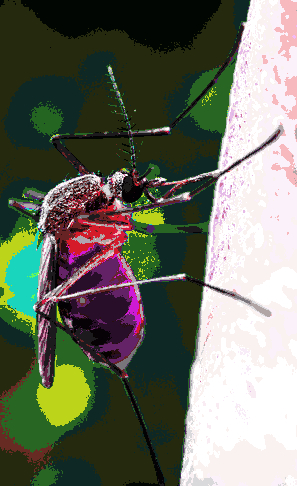Dengue diagnoses need help
 Researchers say not enough Australian clinicians recognise dengue fever.
Researchers say not enough Australian clinicians recognise dengue fever.
A significant proportion of returning Australian travellers hospitalised for dengue have warning signs of severe disease that go unrecognised, and over 20 per cent of patients with dengue are prescribed medications that may increase the risk of haemorrhage, according to research published in the Medical Journal of Australia.
Researchers analysed data for 208 patients hospitalised with confirmed dengue between January 2012 and May 2015.
They found dengue was most frequently acquired in Indonesia (94 patients, 45 per cent) and Thailand (40, 19 per cent).
The most common clinical features were fever (98 per cent of patients) and headache (76 per cent).
Eighty-four patients (40 per cent) met the revised (2009) World Health Organization (WHO) criteria for dengue with warning signs, and one met the criteria for severe dengue.
The most common warning signs were bleeding (45 patients, 22 per cent of all dengue cases) and abdominal pain (43, 21 per cent).
Leukopenia (176 patients, 85 per cent), thrombocytopenia (133, 64 per cent), and elevated liver enzyme levels (154, 76 per cent) were the most common laboratory findings in patients with dengue.
Forty-six patients (22 per cent) had serological evidence of previous exposure to dengue virus. The WHO guidelines were documented as a management benchmark in ten cases (5 per cent); 46 patients (22 per cent) received nonsteroidal anti-inflammatory drugs (NSAIDs).
“Two-fifths of Australian travellers hospitalised for dengue presented with warning signs of severe dengue. Many signs were unrecognised as such, and NSAIDs were prescribed for more than 20% of patients, exposing them to unnecessary risk,” wrote the authors.
“There were no deaths and only one case of severe dengue among our patients, but optimal case management is important, and treatment errors, including the prescription of NSAIDs, must be avoided. Australian GPs and hospital clinicians should be familiar with the clinical manifestations of dengue, and ensure that their knowledge of the diagnosis, classification and management of dengue is up to date.”







 Print
Print